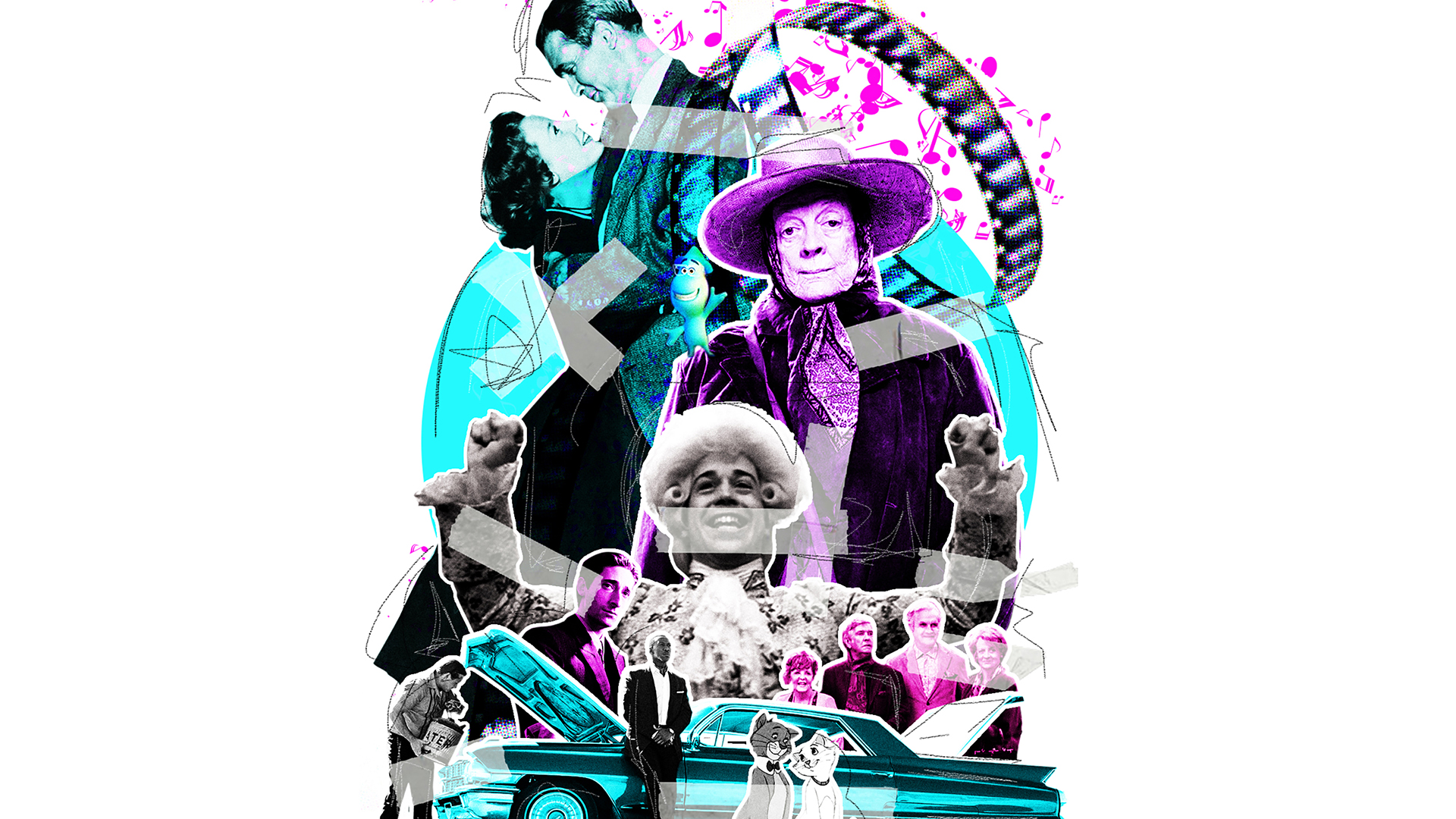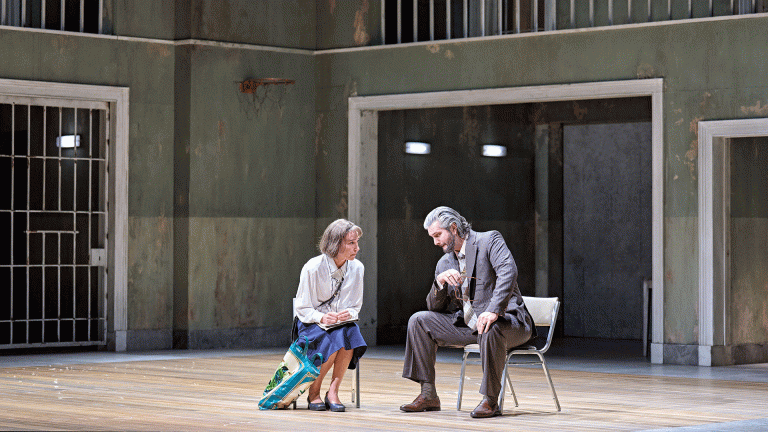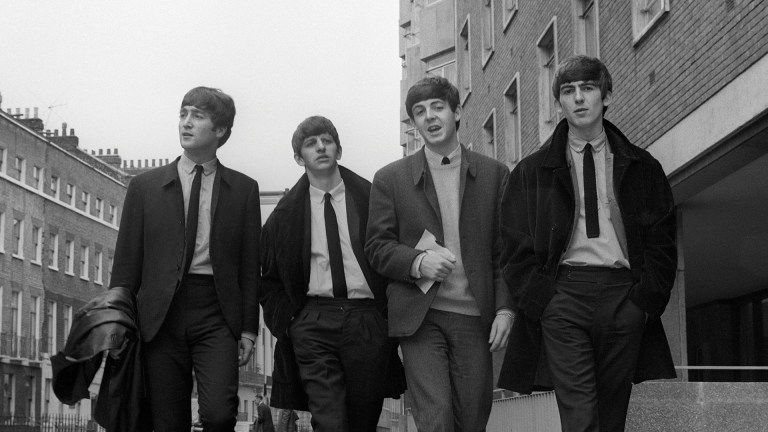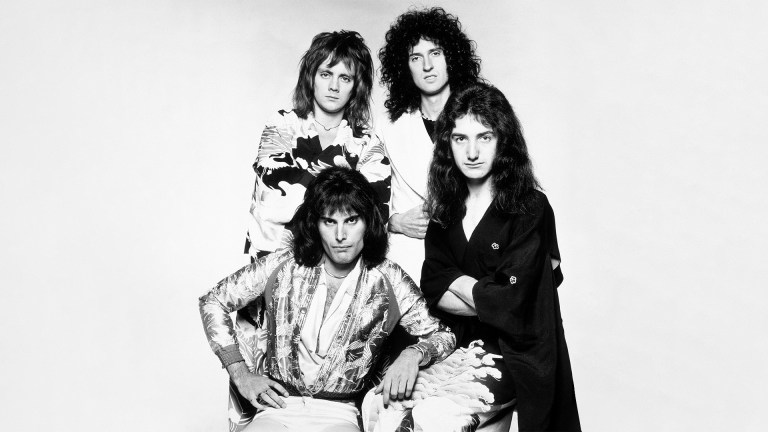Adelaide, that music, it’s from Carmen isn’t it?” asks Georges Hautecourt in The Aristocats (1970), as Berlioz the kitten winds up the gramophone. “That’s right, it was my favourite role,” replies Madame Bonfamille, in what might be the least subtle humblebrag going.
“It was the night of your grand premiere that we first met,” recalls the visitor as the two reminisce about the former mezzo-soprano’s career. This was my first encounter with Bizet’s Habanera, and I acquired a recording of the full opera during a subsequent library visit.
Film soundtracks can be a useful route to classical music. Many movies have bespoke music, of course (the likes of John Williams and Hans Zimmer have made composing for screen an art form in itself), but many use pre-existing works.
There are playlists detailing the use of different pieces in films (Colin Firth listens to the overture to Mozart’s TheMarriage of Figaro during his first therapy session in The King’s Speech) – useful for a Zoom quiz round. Sometimes, however, musicians take a starring role beyond the soundtrack.
The Lady in the Van (2015)
One day, writer Alan Bennett invited a woman who was living out of her vehicle to use his driveway. She stayed for 15 years. The experience inspired plays, a memoir and a film with Maggie Smith. The ‘lady’ is one Mary Shepherd, a former professional pianist who had studied with Alfred Cortot and played at the Proms. Clare Hammond plays the young pianist, performing Chopin with the BBC Concert Orchestra.









